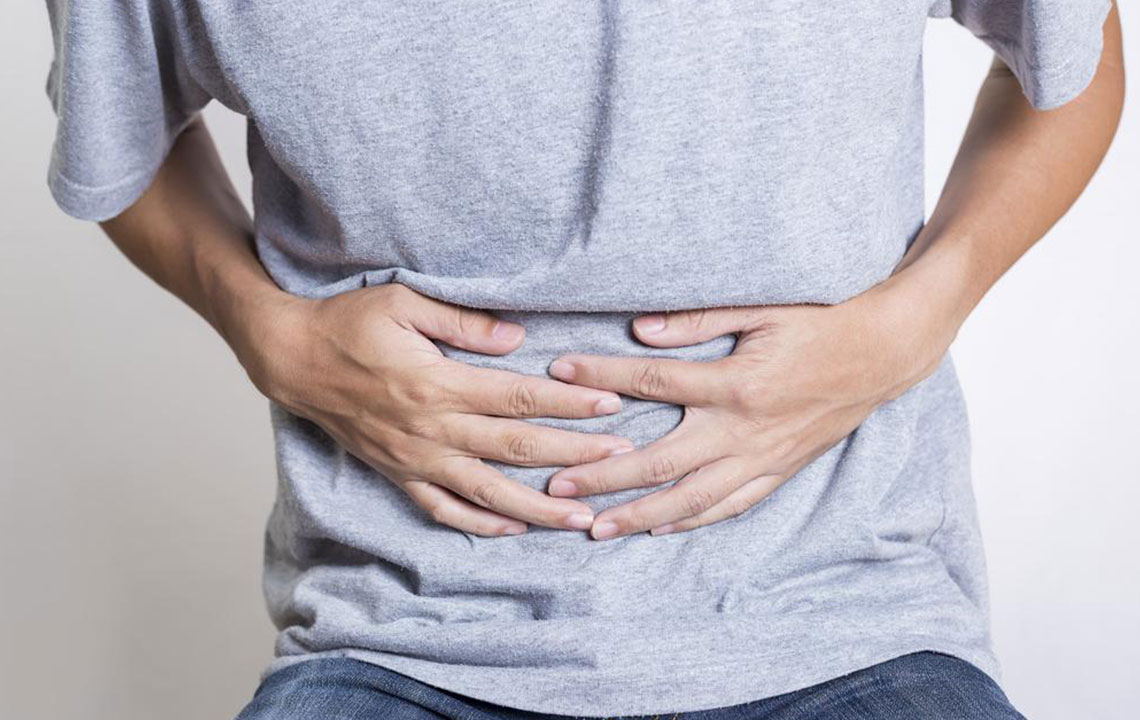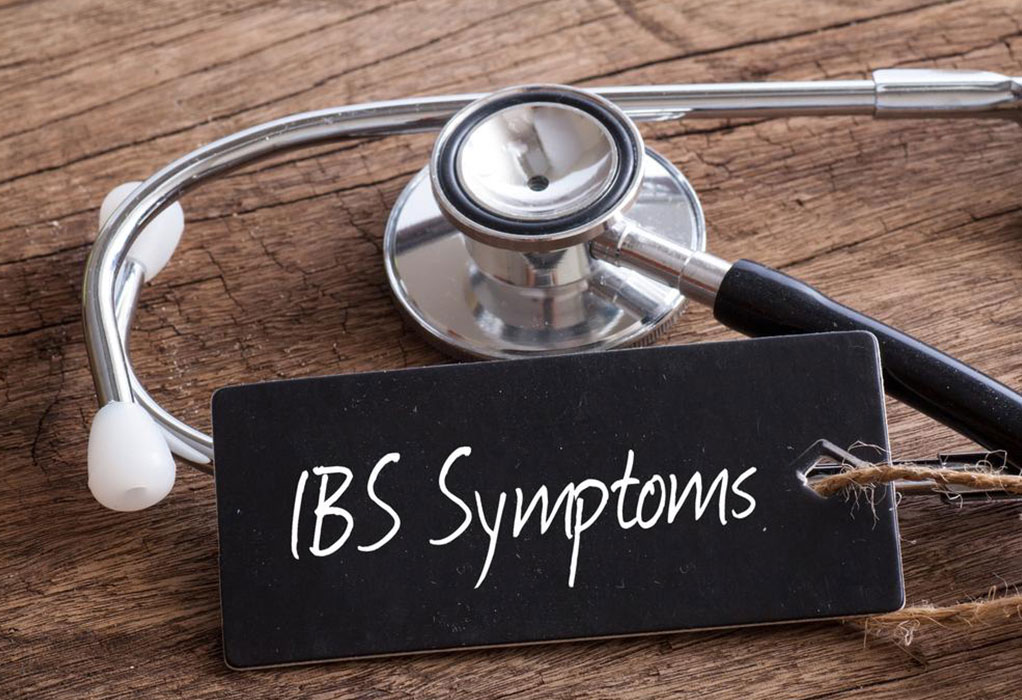Recognizing Abdominal Pain Signs Indicative of Underlying Conditions
This comprehensive guide outlines common abdominal pain symptoms and their possible causes, emphasizing the importance of accurate diagnosis and preventive care. Recognizing discomfort signs and understanding their locations can help identify underlying health issues early. The article also highlights the role of diagnostic procedures and the significance of maintaining good hygiene to prevent abdominal disorders.

Recognizing Abdominal Pain Signs Indicative of Underlying Conditions
The abdominal area, often referred to as the torso, encompasses the region from the chest to the pelvis. It contains essential organs that support digestion and other vital functions. This guide highlights common symptoms associated with abdominal discomfort, helping identify potential health issues.
Major organs within the abdomen include the intestines, stomach, liver, pancreas, spleen, kidneys, gallbladder, and appendix. Besides digestion, the abdomen plays roles in breathing, urination, childbirth, and elimination processes.
Given the numerous organs and functions housed in this region, abdominal pain is a common concern with many potential causes. Identifying the source can be complex, as symptoms often overlap due to the tightly packed nature of these organs.
Various diagnostic methods are used to pinpoint the underlying problem, typically following this sequence:
Medical history review to understand prior health conditions.
Physical examination to check for swelling, tenderness, or visible signs.
Additional tests such as blood work, urine analysis, X-rays, and EKGs.
Advanced imaging like CT scans, ultrasounds, endoscopy, or colonoscopy for detailed views.
Common causes of abdominal discomfort include:
Gastroenteritis (about 13%): Inflammation or infection of the digestive tract, often causing diarrhea and vomiting.
Irritable Bowel Syndrome (around 8%): Bowel movement irregularities, with no cure, resulting in diarrhea or constipation.
Urinary Tract Infections (about 5%): Infections affecting the urinary system, accompanied by fever, nausea, and vomiting.
Gastritis: Inflammation of the stomach lining, presenting as upper abdominal pain with vomiting.
Constipation: Difficulty in passing stool, leading to severe cramping, bloating, and incomplete evacuation.
The location of pain helps determine possible disorders:
Upper abdomen pain:
Pain in the upper middle suggests gastritis, pancreatitis, or stomach and pancreatic cancers.
Right upper pain may indicate hepatitis, gallstones, liver tumors, or infections.
Left upper pain could be due to spleen issues, bowel blockage, or inflammation.
Middle upper pain points to appendicitis or intestinal spasms.
Lower abdomen pain:
Lower central pain can be linked to diarrhea, colitis, or dysentery.
Right lower pain often signals appendicitis or bowel blockage.
Left lower pain may indicate diverticulitis or other colon-related conditions.
Recognizing these symptoms and their locations is crucial for early diagnosis and treatment. Maintaining good hygiene, proper diet, and sanitary practices significantly reduces risks of abdominal ailments and promotes overall health.










